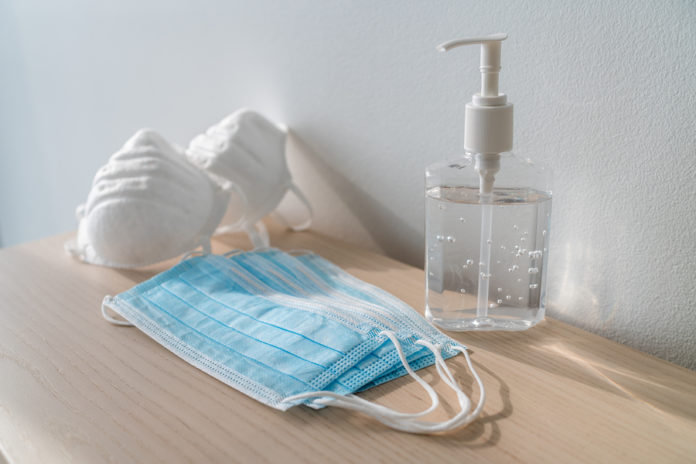
COVID-19 has forced the temporary closure of many food and beverage plants as some factories have become hotbeds for the spread of the disease. (Food Dive is tracking plant closures at the major food companies here.) Many companies that support the food industry, such as equipment manufacturers, have also suspended their operations. As these plants reopen, worker safety will be the top priority. In many cases, this may entail a complete revamp of operations.
OSHA has released a number of guidance documents and other resources to help keep manufacturing workers safe and healthy.
COVID-10 Guidance for the Manufacturing Industry Workforce
This simple one-pager provides tips for reducing the risk of exposure to the coronavirus, including:
- Encourage workers to stay home if they are sick.
- Establish flexible work hours (e.g., staggered shifts), if feasible.
- Practice sensible social distancing and maintain six feet between co-workers, where possible.
- For work activities where social distancing is a challenge, consider limiting the duration of these activities and/or implementing innovative approaches, such as temporarily moving or repositioning workstations to create more distance or installing barriers (e.g., plexiglass shields) between workstations.
- Train workers on how to properly put on, use/wear, take-off, and maintain protective clothing and equipment.
- Discourage workers from using other workers’ tools and equipment.
- Use Environmental Protection Agency-approved cleaning chemicals from List N or that have label claims against the coronavirus.
- Provide disinfectants and disposable towels workers can use to clean work surfaces.
Interim Guidance for Meat and Poultry Processing Workers and Employers
OSHA and the CDC are collaborating to provide guidance for meat and poultry processors, whose facilities have been hit hard by the virus. As critical infrastructure workers, these processing employees may continue working following exposure to COVID-19 as long as they remain asymptomatic and additional precautions are taken.
All meat and poultry processing facilities whose workers have had cases of COVID-19 should work directly with appropriate state and local public health officials and occupational safety and health professionals, as well as follow all relevant guidance from the CDC and other applicable authorities.
The interim guidance requires companies to identify a “qualified workplace coordinator” to develop a COVID-19 assessment and control plan. This plan should include engineering controls, protocols for regular cleaning and disinfection, employee training and screening, and more.
Applicable OSHA Standards
There is no OSHA standard specifically for SARS-CoV-2, the coronavirus that causes COVID-19. Instead, OSHA’s compliance officers will be applying existing standards to prevent occupational exposure.
The agency notes that the two most relevant standards are:
- The personal protective equipment (PPE) standards, which require using gloves, eye and face protection, and respiratory production when job hazards warrant it.
- The General Duty Clause, which requires employers to furnish to each worker “employment and a place of employment, which are free from recognized hazards that are causing or are likely to cause death or serious physical harm.”
Learn more about these and other relevant standards.
Enforcement memos
OSHA also continues to issue enforcement memos that provide insight into how inspectors will be operating during this time.








